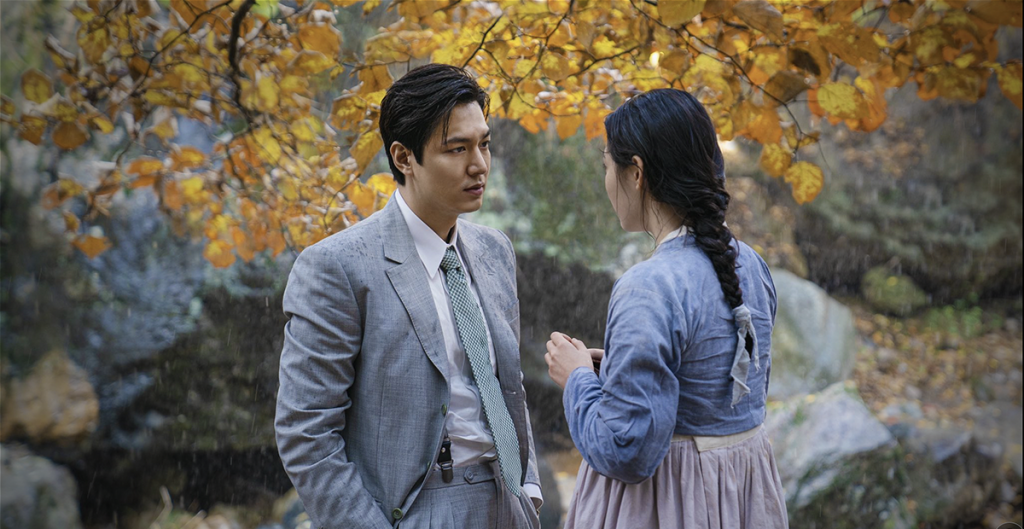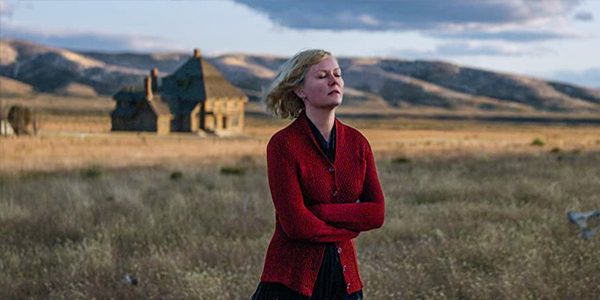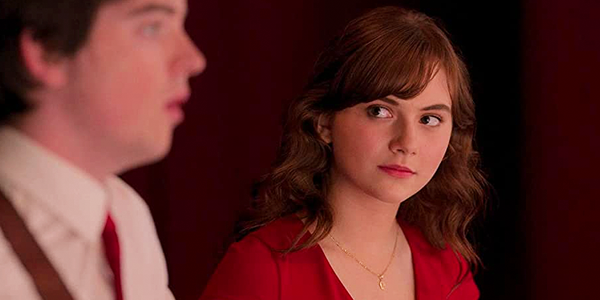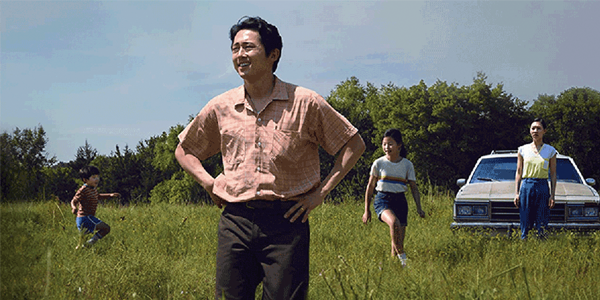recent reviews
Sign up for our monthly newsletter
to stay up to date on Cineluxe
This dramatic series about four generations of a Korean family gets off to a strong start on Apple TV+
by Roger Kanno
April 18, 2022
Based on the novel of the same name by Min Jin Lee, Pachinko is a limited-run series on Apple TV+. It began streaming on March 25 with three initial episodes and with additional installments dropping weekly for a total of eight episodes. Spanning four generations, it tells the tale of a Korean woman, Kim Sunja, who grows up in Japanese-occupied Korea and later moves to Osaka where her son finds success as a pachinko-parlor operator, and of her grandson, Solomon, who becomes an Ivy League-educated investment banker based in New York.
As with many Apple TV+ projects, Pachinko benefits from high production values, and the series starts off strongly with a great visual style and an engaging audio presentation. Early in the first episode, a very young Sunja and her father chase dragonflies through a beautiful meadow bathed in early morning sunlight. The reflections of light off the tall grass and Sunja’s perfectly smooth complexion contrasted by her long, jet-black hair and with her father’s darker, rougher complexion are all captured perfectly in Dolby Vision HDR and backed by the lilting strings and playful piano of Nico Muhly’s gorgeous orchestral score mirroring the pastoral scenes.
The colors are slightly cool and on the pale side, but the lighting is sumptuously natural, with just a touch of softness that’s film-like and pleasing, especially when compared to the ultra high contrast and oversaturated colors of many video productions these days. This bucolic setting transitions to the infectiously catchy opening credits featuring the ’60s Grass Roots hit “Let’s Live for Today” as the main characters dance joyously in slow motion against the tacky backdrop of a pachinko parlor. The scene then shifts to a jetliner touching down with some serious bass as the wonderfully mixed “Road to Nowhere” by the Talking Heads fills the front soundstage as Solomon returns to Osaka. There he visits his father at the pachinko parlor, where the sounds of clinking metal balls and chatty patrons emanate distinctly from all channels.
Pachinko is a serious drama with serious themes and is often dialogue-centric, so not every scene is filled with such auditory complexity, but the sound design can be extremely creative. This artistry is mirrored in the cinematography, where something as mundane as cooking rice takes on a deeper and more poetic meaning as the camera lovingly lingers over the grains of rice as they’re carefully washed, the cloudy water is rinsed away, and the pot is readied for steaming as Mulhy’s score effectively accompanies the onscreen action, but this time incorporating a beautifully mournful choral lament.
As beautiful as Pachinko is to look at, and as immersive as the audio can be, the narrative is equally as engaging. It’s a complex story about colonialism, family values, and relationships spanning many generations, told mostly through the eyes of Sunja, played by Academy Award winner Youn Yuh-jung, as she reflects on her life through a series of flashbacks.
Youn once again stands out amongst a strong cast as she did in Minari, proving that her Oscar or the many other accolades she has received were not a one-off. The other actors are also all excellent, with wonderfully nuanced performances that bring the absorbing adapted screenplay to life. Then there’s the manner in which the dialogue switches between the Korean and Japanese languages that is both telling and symbolic as the characters face prejudice and intolerance even as they find success away from their homeland. And if you don’t recognize the difference between the Korean and Japanese dialogue, the subtitles are colored-coded to indicate which language is being spoken.
The novel is split into three time periods, with the TV adaptation moving back and forth between the eras, which isn’t faithful to the original story but works in the television medium. It remains to be seen how much of the novel’s plot will be uncovered by the end of the eighth and final episode of the first season of Pachinko. However, the show is reportedly intended to run for four seasons to tell the entire story of the multiple generations of characters, even though plans have yet to be released for additional seasons. Judging by the quality of what I have seen thus far, I sincerely hope Apple TV+ decides to renew Pachinko.
Roger Kanno began his life-long interest in home cinema almost three decades ago with a collection of LaserDiscs and a Dolby Surround Pro Logic system. Since then, he has seen a lot of movies in his home theater but has an equal fascination with high-end stereo music systems. Roger writes for both Sound & Vision and the SoundStage! Network.
PICTURE | The series’ look is film-like and pleasing, especially when compared to the ultra high contrast and oversaturated colors of many recent video productions
SOUND | Since this is a dialogue-centric drama, not every scene is filled with auditory complexity, but the Atmos mix is often extremely creative
© 2023 Cineluxe LLC





